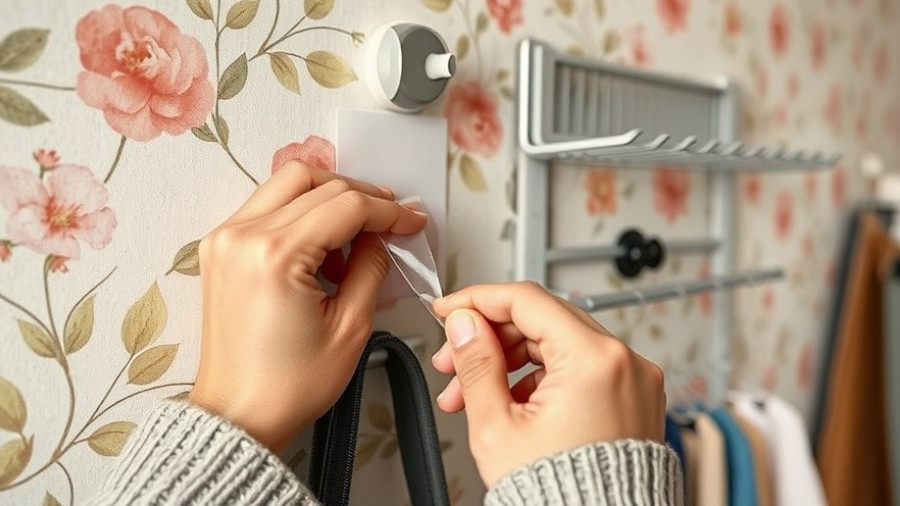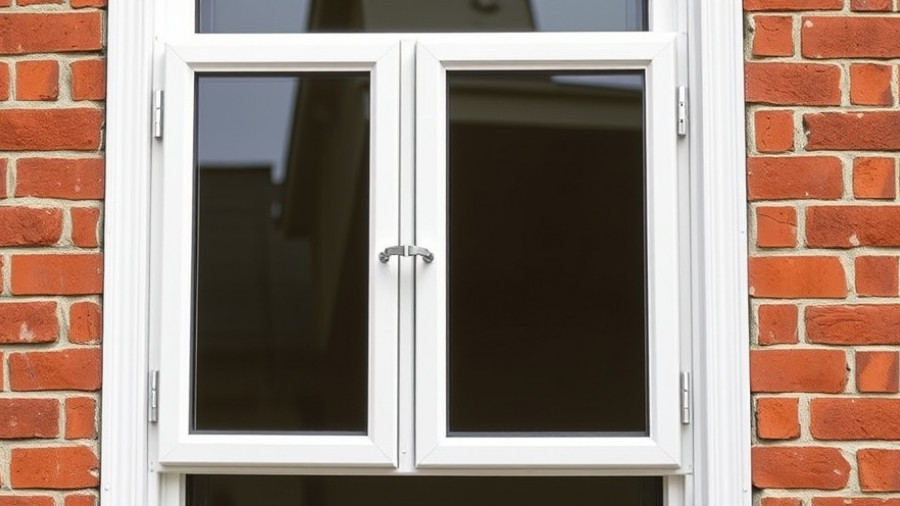
Safely Adorn Your Space With Temporary Hooks
Temporary hooks have become a popular choice for many homeowners looking to decorate without the commitment of nails or permanent fixtures. With the rise of renter-friendly trends, they offer a flexible solution for festive occasions, from hanging seasonal wreaths on doors to strung lights for parties. Yet, with convenience comes the risk of wall damage. Let's explore how to use these hooks while keeping your walls safe and intact.
Types of Temporary Hooks
Understanding the types of temporary hooks available can help you choose the right one for your needs:
- Adhesive Strip Hooks: These hooks utilize pressure-sensitive adhesives, perfect for smooth surfaces like painted drywall and glass. Home expert Julian Thomas emphasizes the importance of surface preparation before sticking them on.
- Suction Hooks: Best for smooth surfaces like mirrors, suction hooks create a vacuum seal, making them less likely to damage walls but still subject to slippage if overburdened.
- Magnetic Hooks: While these attach to ferrous surfaces, they can scratch paint upon removal, so use painter's tape as a cushion to protect your walls.
Preventing Damage with Adhesive Hooks
To avoid damage when using adhesive hooks, experts recommend:
- Avoiding textured walls or newly painted surfaces within the past week.
- Testing on an inconspicuous area before fully committing.
- Cleaning surfaces with rubbing alcohol to ensure optimal adhesion.
- Adhering to the hook’s weight limits as specified by the manufacturer.
Ron Shimek, a property maintenance expert, further advises that most adhesive hooks should cure for an hour before adding any weight.
Ensuring Secure Use of Suction Hooks
Suction hooks, while less likely to damage walls, can slip if overloaded. Ensure surfaces are clean and remove any dust by wiping them down with a damp cloth. If a hook starts to slip, gently reattach it rather than forcing it tighter, as this may cause air pockets and lead to collapse.
Best Practices for Removing Temporary Hooks
When it's time to remove your hooks, patience is key:
- For Adhesive Hooks: Slowly pull straight down along the wall, stretching the adhesive to release it. If it resists, use a hairdryer for 20-30 seconds to soften the adhesive.
- For Suction Hooks: Gently pry around the edges to release the vacuum seal rather than yanking them off.
- For Magnetic Hooks: Approach with caution to minimize scratching; consider using painter's tape as a buffer.
Understanding the Weight Limits
Each type of hook has a defined weight limit; exceeding it can lead to damage both to your decor and your walls. For example, the Home Depot offers a variety of adhesive hooks, capable of holding various weights depending on the model. Researching and selecting the appropriate hook for your hanging needs will prevent unfortunate accidents.
FAQs on Temporary Hooks
As with any DIY solution, questions arise:
- What surfaces are best for using adhesive hooks? Smooth, non-porous surfaces are ideal to ensure the best adhesion.
- Can I use temporary hooks outside? Yes, but ensure they are specifically designed for outdoor use and suitable for fluctuating temperatures.
- Are suction hooks better than adhesive hooks? Suction hooks are generally safer for delicate surfaces; however, their effectiveness relies heavily on the cleanliness of the surface and within their weight limits.
By following these tips, you can creatively enhance your home while keeping your walls safe.
Act Now!
Don't let the fear of wall damage hold you back from decorating your home to your heart’s desire. Choose the right type of temporary hook and adhere to these guidelines for a stress-free, enjoyable decorating experience!
 Add Row
Add Row  Add
Add 




Write A Comment